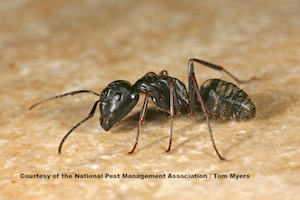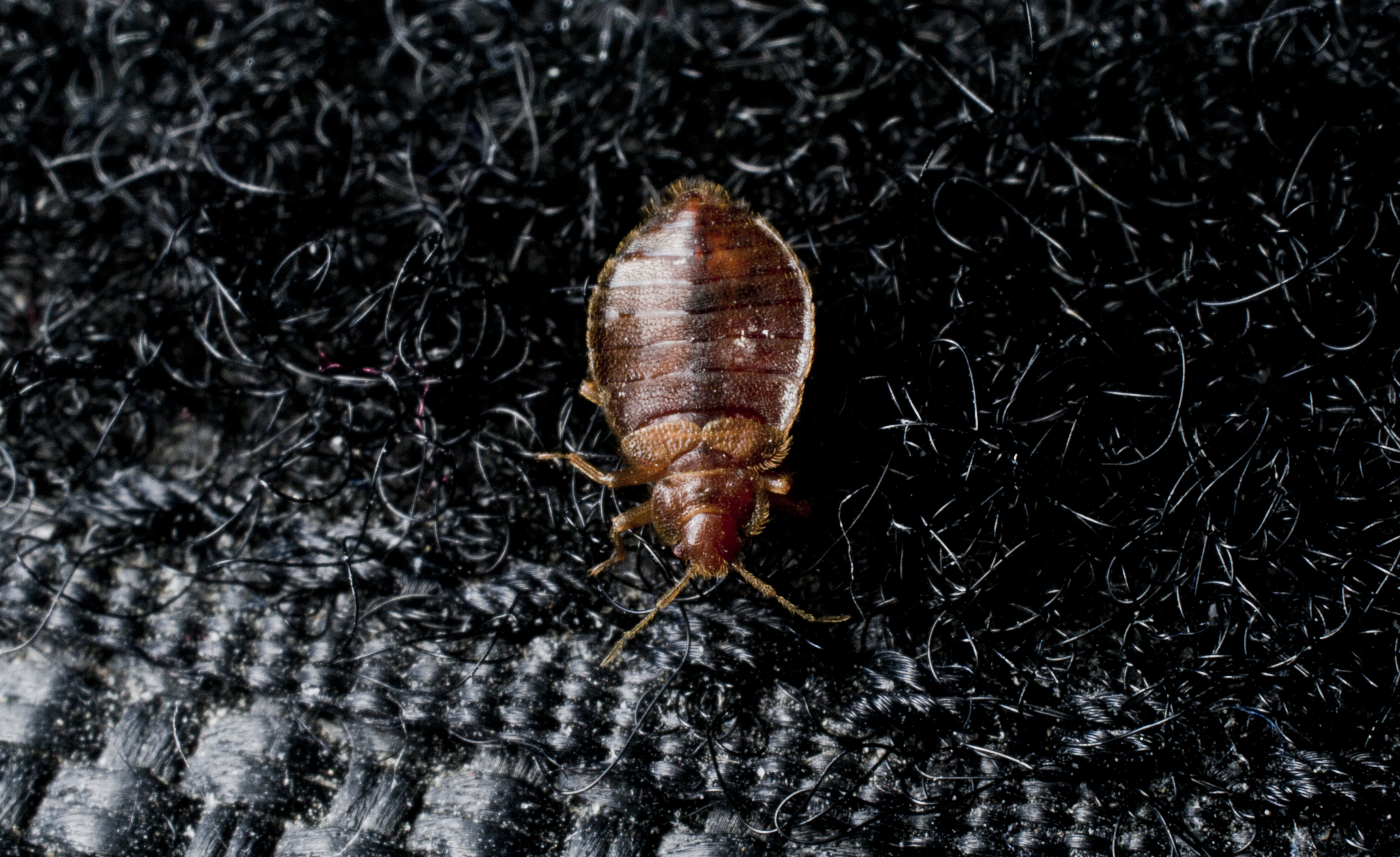Lyme Disease 101
Lyme disease is transmitted through the bite of infected blacklegged ticks, the same species that carries the Babesiosis infection. Lyme can be transmitted into a person’s bloodstream in as little as 24-36 hours, making thorough tick checks and quick removal crucial in preventing the disease.

Blacklegged ticks tend to hide in wooded areas, as well as grass and shrubs, waiting for a passing host to latch on to. When a person or animal walks by, ticks will do something known as “questing” by reaching out their front legs to grab onto the animal or human. If they’re perched on high grass or shrubs, they may even drop and free fall onto a passing host. Once they grab hold, ticks will try to find a warm, moist area of the body such as the armpit or groin to attach and start feeding.

Symptoms:
The most classic sign of Lyme disease is an expanding, circular red rash resembling a "bull's eye." Flu-like symptoms are common one to four weeks after a tick bite, including joint pain, fever, chills and swollen lymph nodes. Chronic conditions can occur months or years later if untreated, including arthritis and severe joint pain, as well as heart and nervous system issues, or problems with memory, mood or sleep.
Treatment:
If you experience any of these symptoms, seek medical attention immediately. Your health care provider will determine the best course of action for confirming the diagnosis of Lyme disease and for administering the appropriate treatment regimen for the infection.
Prevention:
To stay safe from Lyme disease, follow these ticks prevention tips:
- Wear long pants, long-sleeved shirts and closed-toed shoes when outdoors
- Wear light colored clothing, making it easier to spot ticks
- Wear repellent containing at least 20 percent DEET
- Keep your yard tick-free by removing weeds and cutting grass low
- Inspect yourself, your family and pets for ticks on a routine basis
- If you find signs of a tick infestation on your property, call a licensed pest control professional for proper treatment

Learn About Ants
Ants are a common pest homeowners struggle to eradicate. Learn more about them!

Bed Bug Pest Guide
Traveling for the holidays this year? Be sure to keep an eye out for bed bugs! Use our Pest Guide to help identify this pest.

NPMA's What Grows There? Project
Check out NPMA's What Grows There? project to learn how pests, such as flies, cockroaches and rodents, can spread germs throughout a home.
Find a PEST PRO in your area

Learn About Ants
Ants are a common pest homeowners struggle to eradicate. Learn more about them!

Bed Bug Pest Guide
Traveling for the holidays this year? Be sure to keep an eye out for bed bugs! Use our Pest Guide to help identify this pest.

NPMA's What Grows There? Project
Check out NPMA's What Grows There? project to learn how pests, such as flies, cockroaches and rodents, can spread germs throughout a home.
